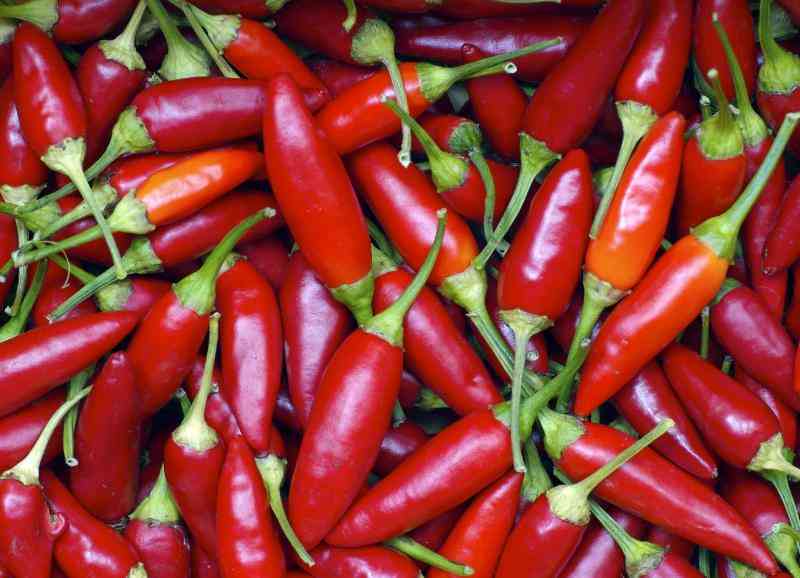×
The Standard e-Paper
Home To Bold Columnists

Varieties in Kenya include Cayenne Pepper, Bird's Eye, Jalapeno, Serenade, habareno among others.
Chilli peppers (Capsicum annuum) are the fruits of Capsicum pepper plants, notable for their hot flavor.